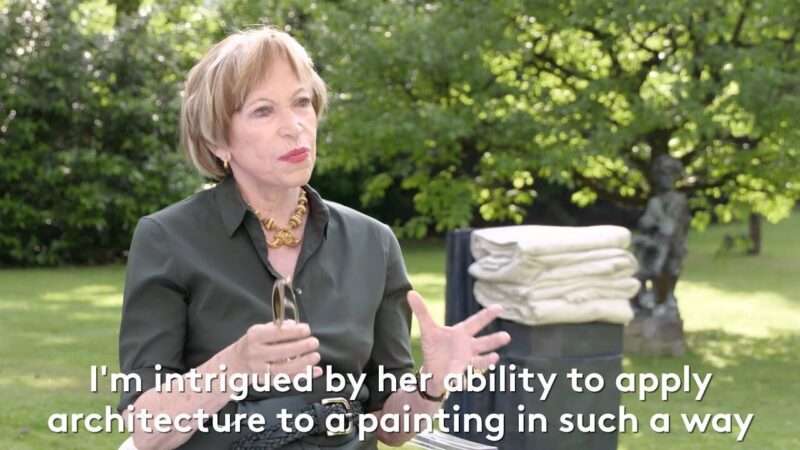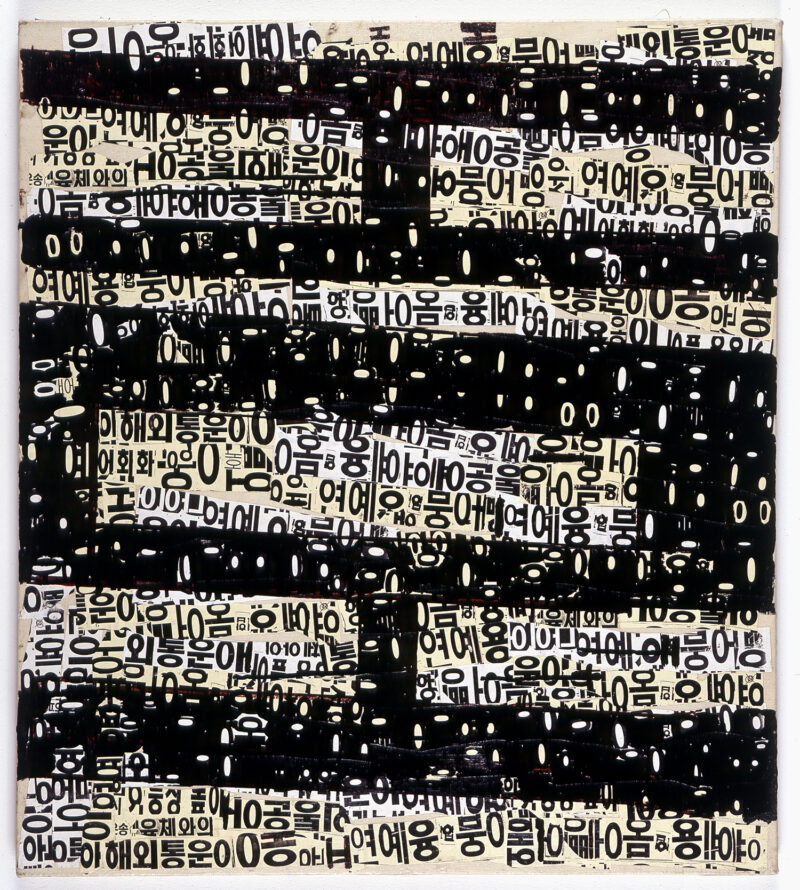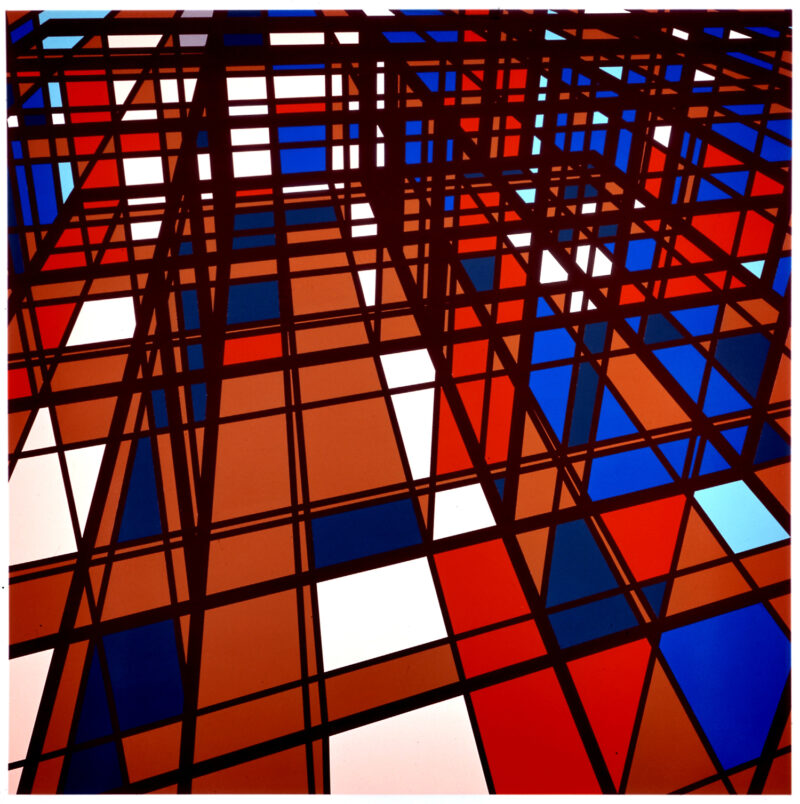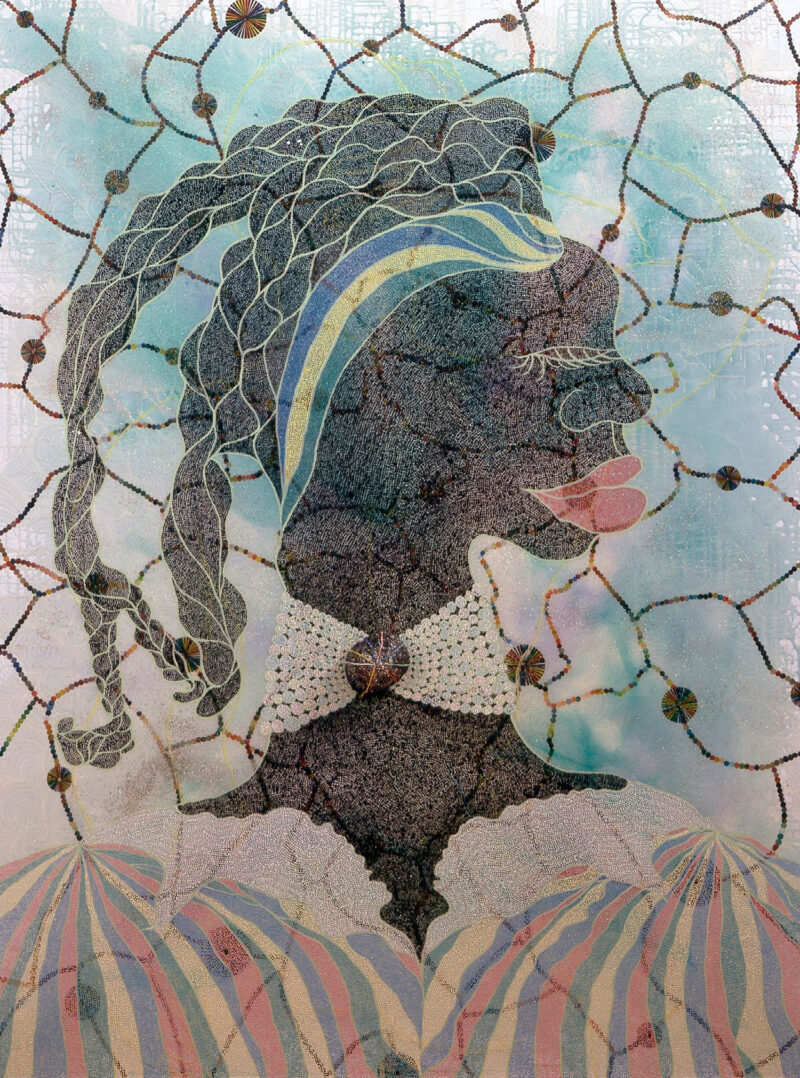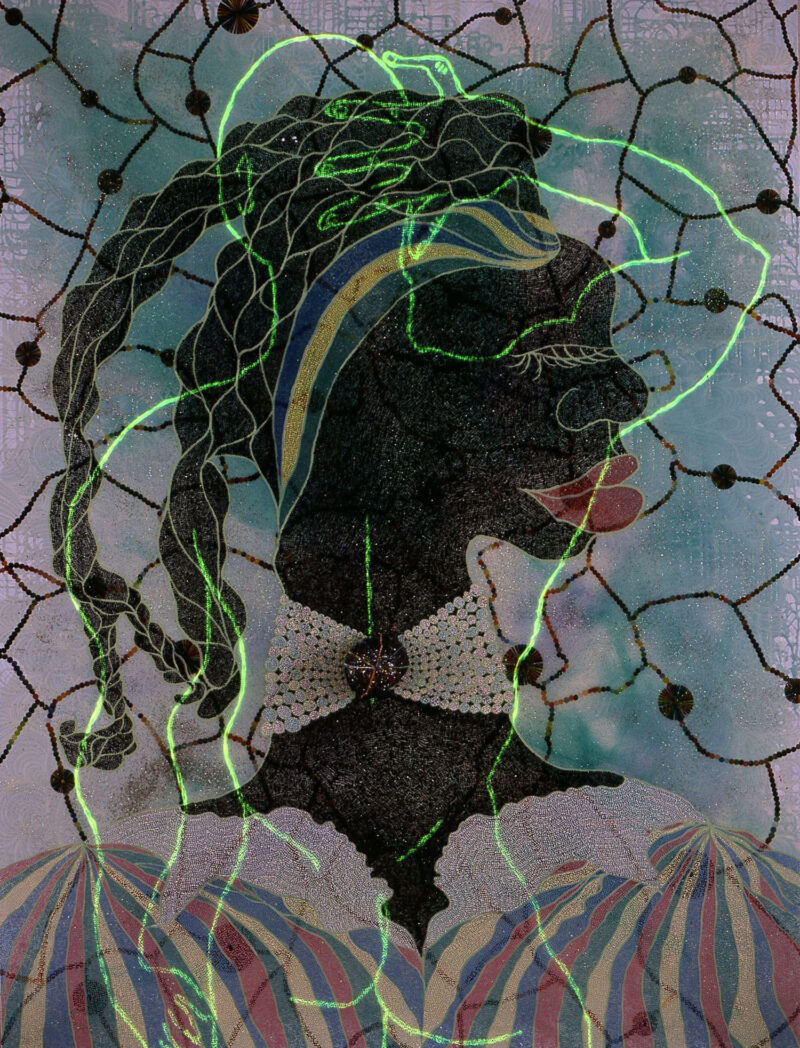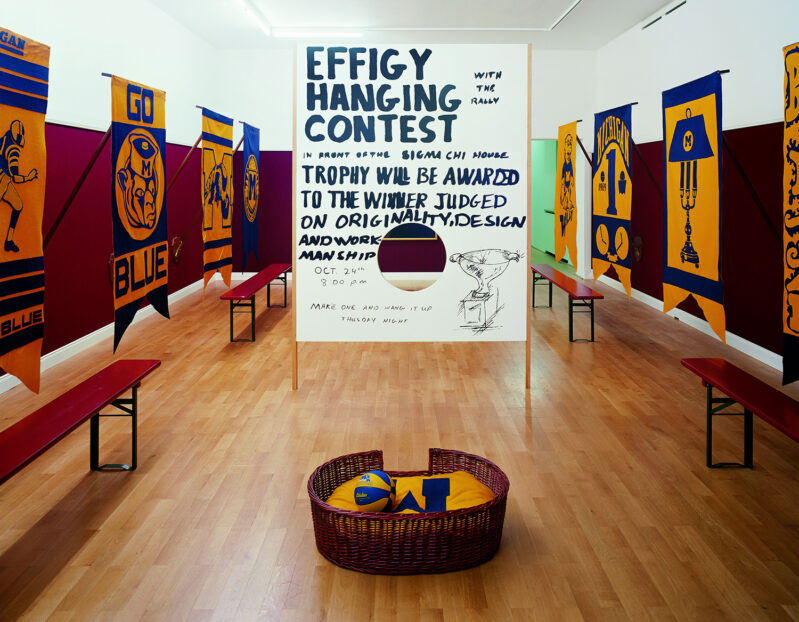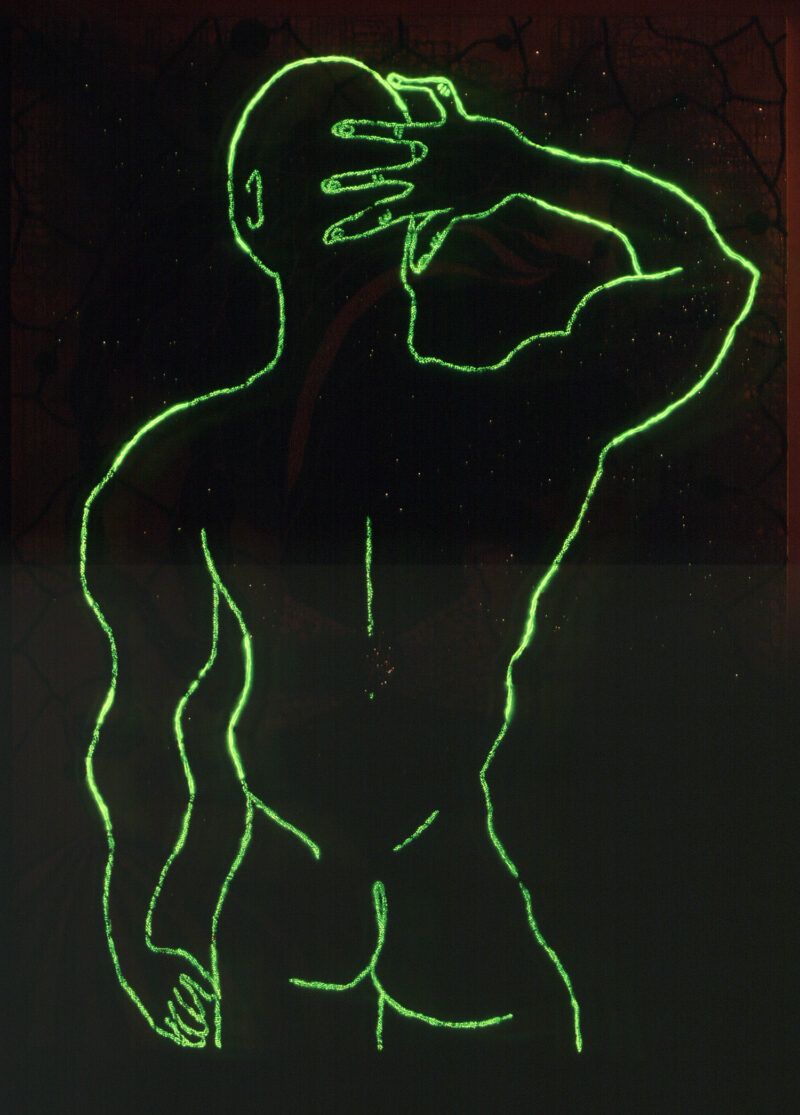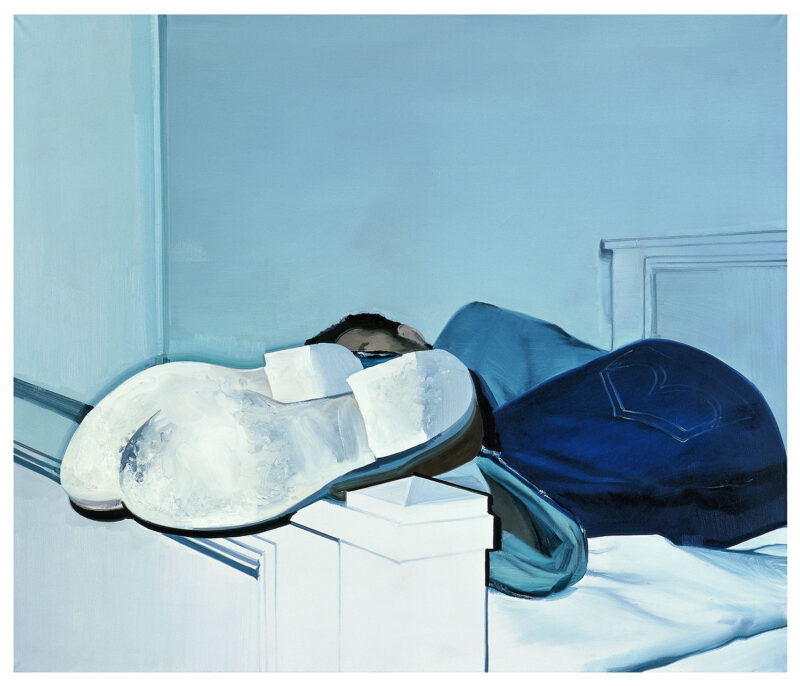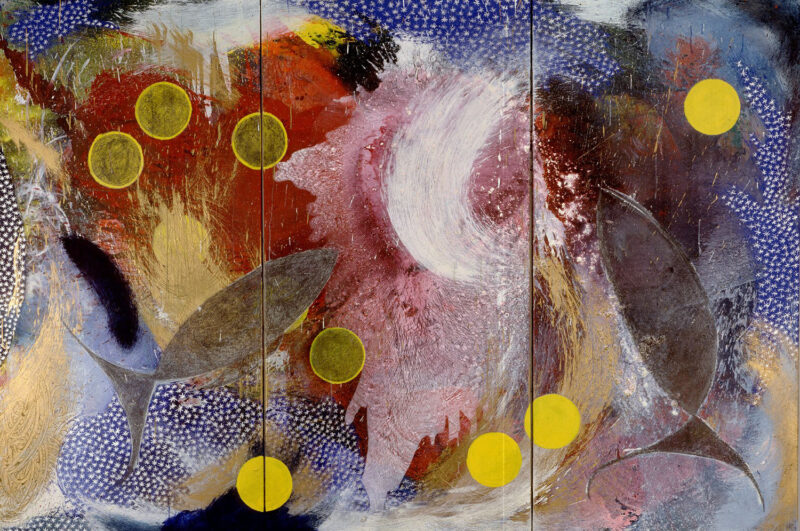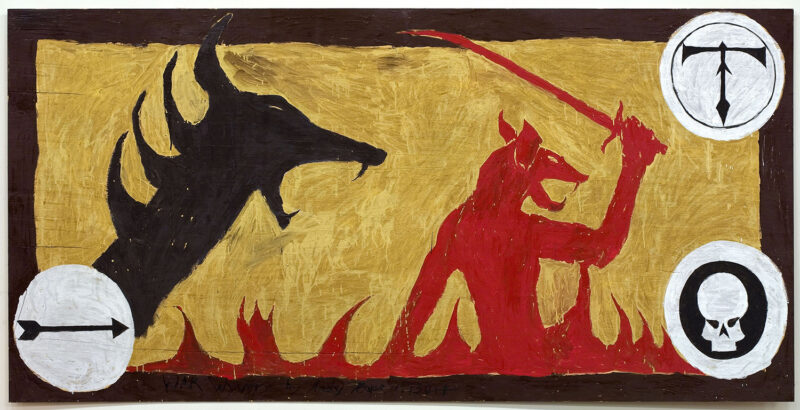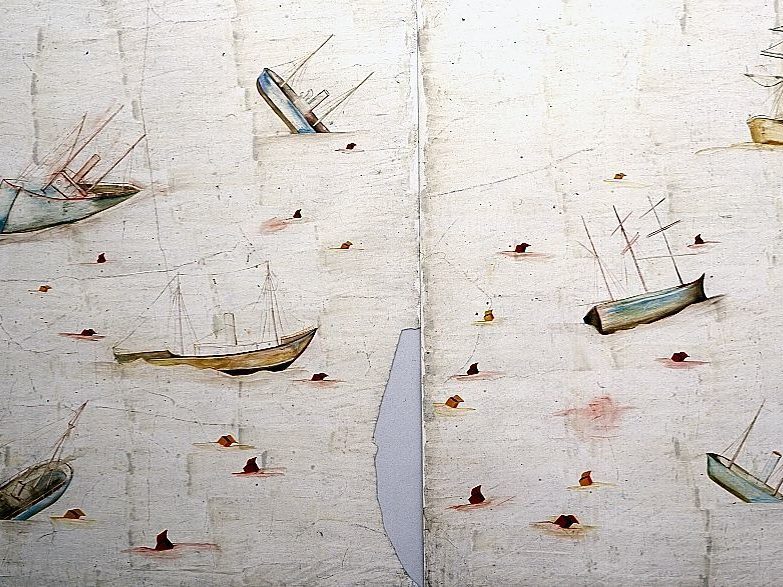The title of the exhibition combines two words that result in a contradiction: While "random" signifies something unintended, unpredictable and devoid of relationship; a sample describes a recognizable structure, based on repetition, which can always be continued and expanded.
The concept of a collection can be grounded in different criteria, which, like randomness, can be coincidental and subjective, or, like a sample, can be applied stringently and objectively. It is a private collection’s privilege to acquire pieces that correspond to its own interests, detached from content and formal requirements. Sammlung Goetz has become increasingly significant since the mid-1980s. It has traced not only the development of contemporary approaches in art, but also historical trends such as Arte Povera and Minimal Art. Yet it does not represent an encyclopedic overview of art from the late modern period to the twenty-first century but rather documents the greater importance of artistic positions through representative groups of works. Since its establishment, painting has been a central and pioneering media in Sammlung Goetz. Ingvild Goetz’s collecting practices were not confined by the ideological controversy surrounding postwar art, which was conducted based on the progressiveness of abstraction versus the regressive quality of representational painting. The different positions of her collection are thus solely determined "by a common approach to painting."
"Random Sampling" draws from a collection with an overwhelming number of outstanding works. It sheds light on crucial positions in painting, whereby the selection of artists and works is based on a broad understanding of the term. The exhibition spans a period of nearly fifty years, thereby also questioning the definition and constraints of the contemporary.
